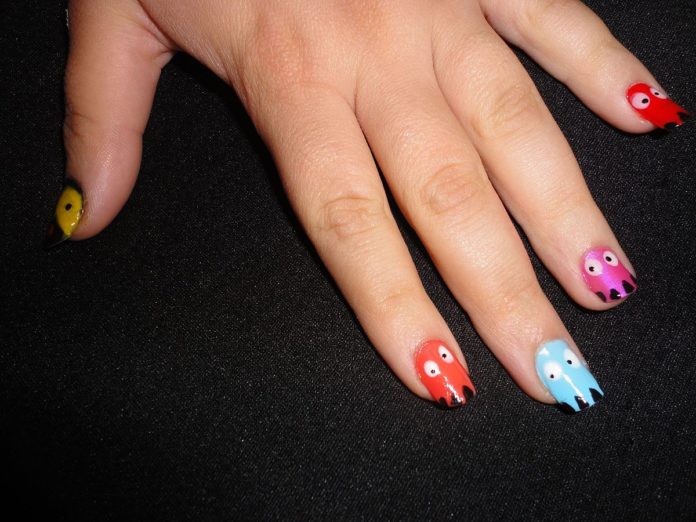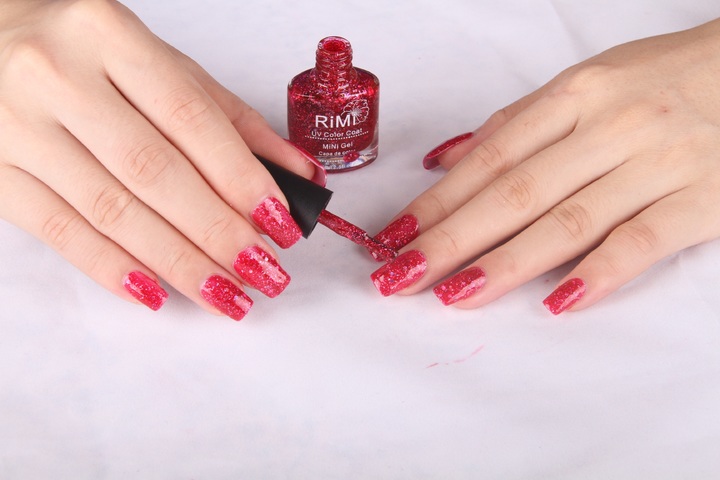
Nail polishes with ‘n-free’ labels still contain toxic compounds harmful to human health
Consumer awareness and potential health effects of nail polish has compelled manufacturers to remove potentially toxic ingredients and label their products as being free of those substances. However, these labels aren’t always accurate, and reformulated products aren’t necessarily safer, according to a report in Environmental Science & Technology.
Plasticizers improve flexibility and chip resistance in nail polish. As concerns grew about the use of the plasticizer di-n-butyl phthalate (DnBP), a reproductive and developmental toxicant, the nail polish manufacturers began switching to other plasticizers.
Many labeled the new polishes as “3-Free,” meaning the products lacked the “toxic trio” of DnBP, toluene and formaldehyde. The trend spread, and labels now tout the absence of as many as 13 different chemicals, though there’s little standardization about which chemicals are excluded.
But recent evidence shows that some substitute ingredients, such as the plasticizer triphenyl phosphate (TPHP), also may be harmful. This raises the concern that one toxic chemical is being replaced by others, a practice known as “regrettable substitution.”
some producers are using similar toxic substitutes, such as bis(2-ethylhexyl) phthalate, sometimes without disclosing the compounds
To give producers, consumers and nail salons guidance in designing and selecting safer nail polish, Anna Young and colleagues studied DnBP substitutes in nail polish and evaluated the types and accuracy of plasticizer labeling.

Researchers examined 40 different nail polishes and found that manufacturers have generally removed DnBP and are reducing the amount of TPHP they use. Yet some producers are using similar toxic substitutes, such as bis(2-ethylhexyl) phthalate, sometimes without disclosing the compounds. The researchers also found that polishes with labels that promote fewer ingredients don’t necessarily have a reduced toxicity.
“With little standardization or validation of the claims, it’s challenging for consumers and nail salon workers to know what these labels really mean for health,” said Young. “It’s not as simple as what substances aren’t in nail polish; we have to address harmful chemicals still present or added as substitutes.”








[…] Nail Polishes with ‘n-Free’ Labels Still Contain Toxic Compounds — references study co-authored by Thomas Webster, professor of environmental health […]
Comments are closed.